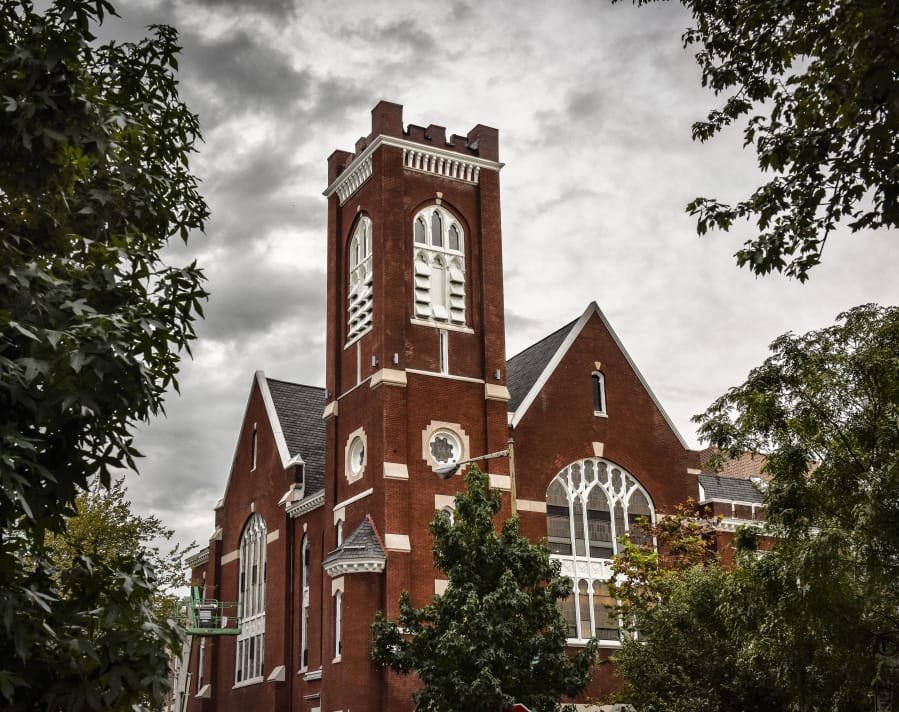That is an important point. Churches matter to people: to congregations and to communities.
Sassan Gharai, president of SGA Companies, learned that during the two years he spent renovating Alexander Memorial Baptist Church, one of the last African American churches in the Georgetown neighborhood of Washington. Even to nonmembers, the church had become something of a community institution, and many fought hard against perceived changes. “You just get an incredible amount of abuse,” said Gharai, who spent about a year acquiring the necessary approvals to move forward.
But perhaps more meaningful, and trickier, are interactions with the congregation itself. After all, a church is the repository of members’ deep emotions and most important moments, often generations’ worth, and that means deals often are not just strictly business. In some cases, developers partner with church leaders or agree to price a percentage of residential units affordably to align with churches’ missions.
Rubin, the developer renovating Way of the Cross, is simultaneously working on another church: Word of God Baptist Church. There, the situation has been anything but straightforward.
First, the church leaders had to trust him before they could agree on a sale. And then, Rubin said, “they turned to me and said, ‘We agree on the price, but we need to find a new place.'” He wound up spending the next 18 months searching for a new building for the congregation. “For a good while, I was talking to them every day — I looked at probably 20 or 30 buildings.”



